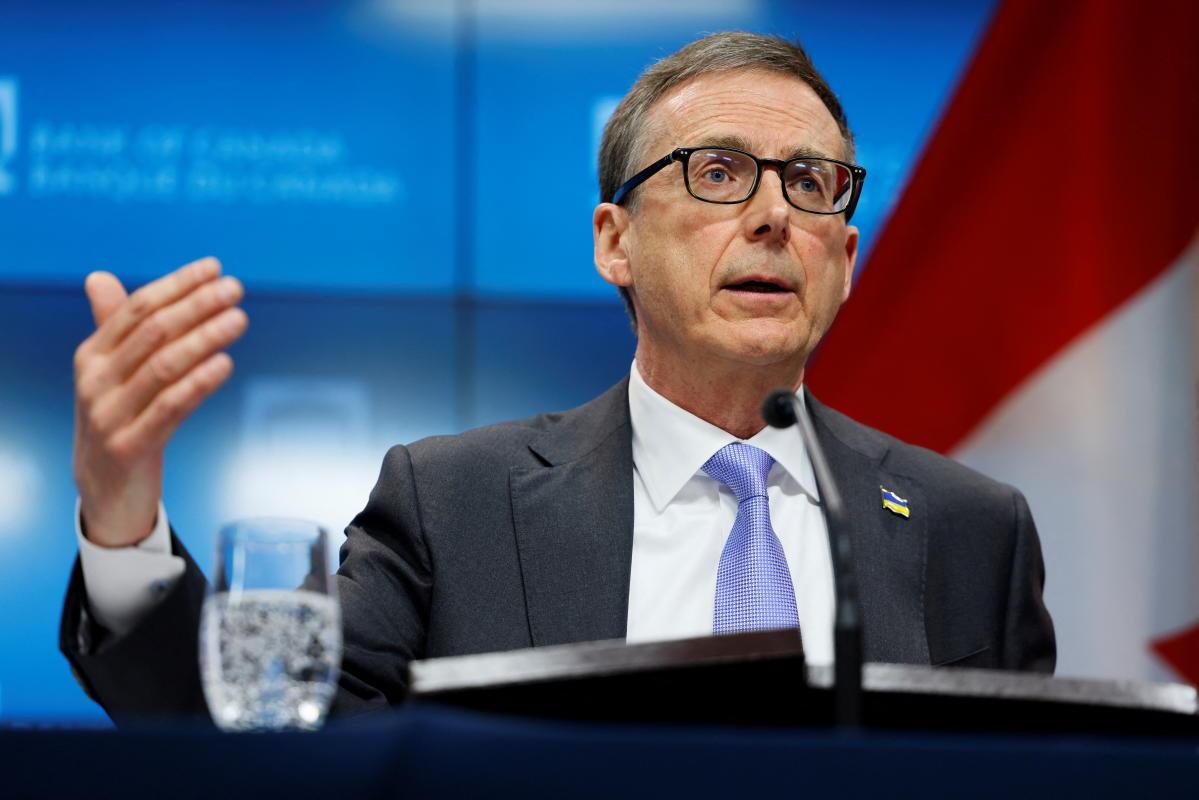Many central banks reduced the size of their rate hikes
The 50-bps rate increase from the Bank of Canada reflected the second time it has reduced the size of its rate hikes. The Reserve Bank of Australia has also moved to a smaller rate adjustment. But the one the market wants to see is the Fed.

The Bank of Canada has raised its benchmark interest rate by 0.5 percentage points, taking the bank’s policy rate to 3.75 per cent.
Last week’s 50-bps rate hike from the Bank of Canada (BoC) came after a 75-bps hike in September and a 100-bps hike before that in July. Hence there seems a clear pattern here for reductions in the size of rate hikes. In Australia too, the last rate hike was 25-bps and came after four consecutive increases of 50-bps.
What’s notable about both of these central banks is that they are not reporting any meaningful progress in reducing inflation. The BoC notes that headline inflation has fallen but that’s only due to lower energy prices. Take these out and underlying price measures still suggest that inflation pressures are very elevated.
So why they reduced the size of rate hikes? Mr. Steve Barrow, Head of Standard Bank G10 Strategy, said one reason for this is that it is almost “natural” to reduce the size of rate hikes as the Bank tries to feel its way to the terminal rate. For instance, it is notable that the Bank started to reduce the size of rate hikes once the key rate reached the mid-point of what the Bank considers the “neutral” rate, which is between 2% and 3%. A second reason for the slowdown seems to be that the BoC is responding to trends elsewhere in the economy that might be flagging up the risk of monetary overkill. For instance, the Bank noted that interest-sensitive sectors of the economy, such as housing have retreated “sharply”.
In the US, the Fed’s assessment of the neutral rate – which is around 2.5% - has long since been passed. Add to this a similar weakness in interest-sensitive sectors of the economy to those seen in Canada and it might seem that a reduction in the size of rate hikes could be close at hand here too. Perhaps even as soon as the FOMC meeting this week.
However, the strong consensus within the market is that rates will rise another 75-bps this week; the same as the prior three rate hikes. Why not assume that the Fed could trim the size of rate hikes from now? In Mr. Steve Barrow’s view, one reason for this is that FOMC members do not appear to have nudged expectations in this direction, at least not as far as the November meeting is concerned. A second factor is that the August 2020 change to the Fed’s monetary policy strategy now sees the Bank focus more on outcomes than forecasts. This change came about largely because of the failed forecasts of the past as the Fed would often anticipate higher inflation, which never really arrived. That’s one reason why, under the new regime introduced in August 2020, the Fed was not quick to react to forecasts of higher inflation but, instead, seemed to wait for higher prices to arrive. In short, a Fed that seemed too quick to hike prior to the August 2020 policy change now seems to be a Fed that’s too slow to react. If this is a fair description of what’s been going on, and of how the Fed will move policy in the future, it seems realistic to think that the Bank could hike another 75-bps this week and will be reticent to ease off the pace until it has seen clear signs of inflation moderation.
However, there are a lot of sceptics out there, including ourselves, who believe that the Fed will not see this through. In other words, it won’t await clear signs of moderating inflation before at least reducing the size of rate hikes, if not pausing altogether.
Most likely, Fed members would deny any such talk that it might wimp out, and not without some justification as there’s still USD95bn of quantitative tightening going on each month.
“For our part, we do still think that a 75-bps hike is the most likely outcome this week. However, we also think it could be a very close call between 50-bps and 75-bps and, with the possibility of 50-bps being in the frame, we do believe that investors might want to retain or adopt a more ‘risk-on’ profile for their investments as we count down to the November 2nd Fed decision”, said Mr. Steve Barrow.








